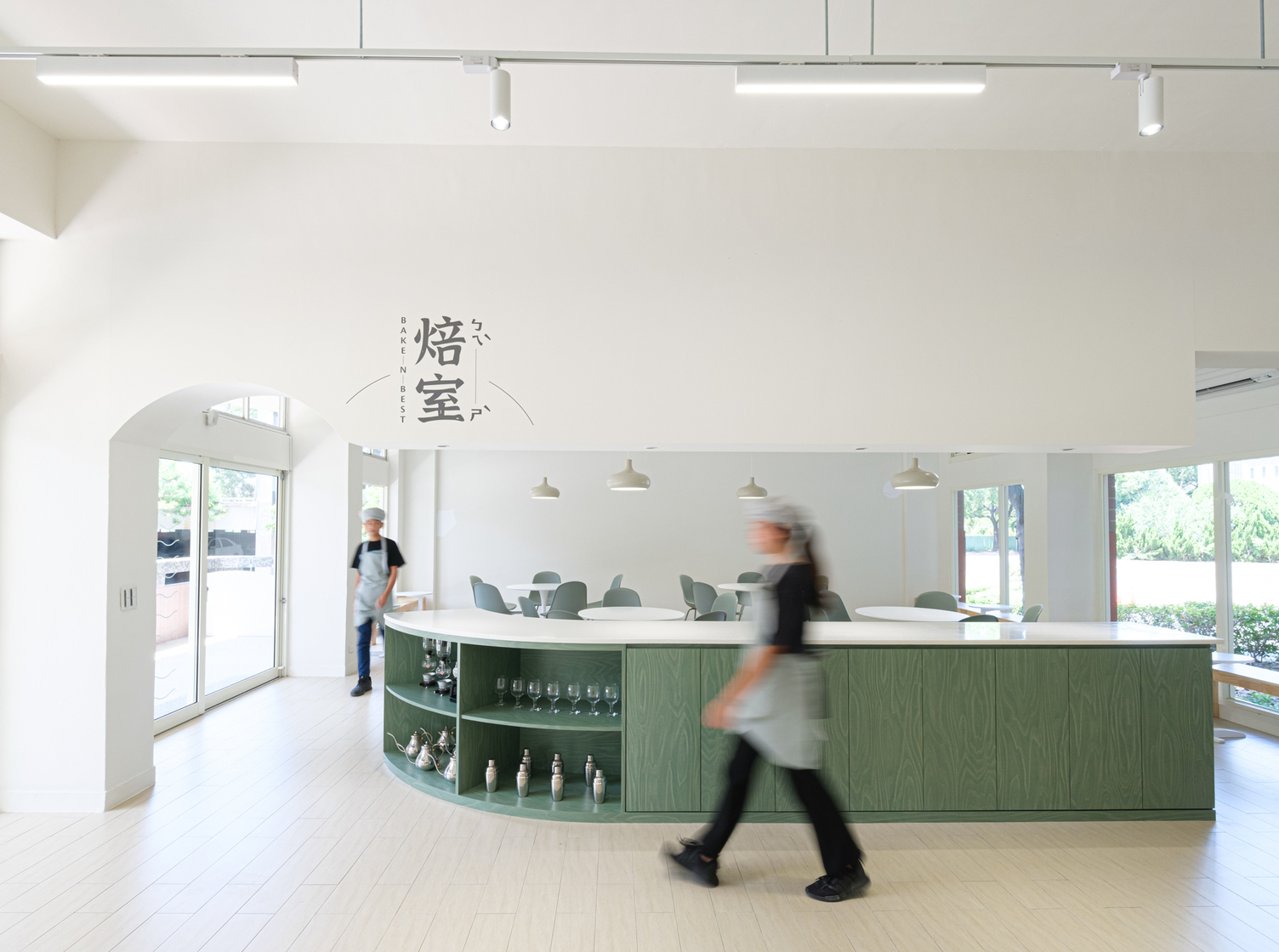Start from “Daily Ordinaries” on Campus to Reshape the Relationship with the World
-Exclusive Interview with Associate Professor Ray S.C. Chu of Department of Architecture, Ming Chuan University
Space is more than just a carrier of people—those within will be influenced by it without even knowing. Associate Professor Ray Chu of Department of Ming Chuan University, who has taught for over two decades, feels deeply about this. “To me, two kinds of spaces will profoundly influence a person’s growing up and thinking: first, private homes, which shape people’s imagination for individual and family lives; second, public spaces that connect individuals and the public, and influence our expectations for urban life,” said Professor Chu.

Not Just Transforming Space, but Rethinking Relationship
This is also why, to Ray Chu, when campus is regarded as a part of a city’s public space, “Design Movement on Campus” is not just transformation of teaching space, but a big step forward for public aesthetics. “The planning of a city will influence people’s daily life. The transformation carried out by ‘Design Movement on Campus,’ from classroom, atrium, to kitchen, is actually shaping the ‘daily ordinaries’ on campus. When children have different feelings about the twenty years they spend on campuses, these daily experiences will be internalized into a part of their consciousness.”
Based on the results, the transformed spaces are the unsung heroes that enhance the quality of life on campus and influence children’s awareness of daily aesthetics; however, Ray Chu also points out that the implementation of “Design Movement on Campus” is really the refinement of life aesthetics, which also influences how children understand the relationships between themselves and the environment, and ecology and life.
Regarding this, Ray Chu shares examples of campus space transformed in “Design Movement on Campus,” such as the outdoor space at Fuxing Senior High School in Taipei, which offers school pets a comfortable new home; Miaoli County Nanhe Elementary School’s transformation of chicken coop into a space where students can observe and raise chicken; Zhong Feng Elementary School in Nantou takes into consideration of the growing space of school tree “mahogany” and builds an outdoor platform that does not affect the growth of the trees, while also enabling children to feel the texture of the trees and perceiving seasonal changes. These projects not only bring education greater possibilities, but also inspire children and schools to reconsider “relationships” through the process of discovering problems and implementing transformation. “After all, the words in textbooks are not as impactful as personal experiences. When schools and children see the needs of the environment, ecology, and life, and draw the power of design to forge beautiful relationships with the environment and life, they will build campus into a platform that nurtures life aesthetics, life, and environmental education. Throug our continued refinement and practice, the world will slowly become a better place.”




Listen to Local Voices to Snowball Greater Influences
As “Design Movement on Campus” enters the fourth year, the number of teachers and students it has influenced has naturally increased with growing number of cases. On this foundation, Ray Chu also hopes that more people, who are passionate about public affairs, can get to know “Design Movement on Campus” through activities like visits and forums. “In our society, many retired people and community volunteers have their own micro-influences. When the execution of the project reaches a certain point, if we can introduce ‘Design Movement on Campus’ to these people through onsite visits, we will enable the project to expand continuously, while also turning transformed campus spaces into centers of geographical circles to slowly expand the influences outwardly. Perhaps, when other schools have transformation needs in the future, we will listen to more local opinions and suggestions, so that the project becomes a kind of bilateral learning and continues to exert its influences locally.”


